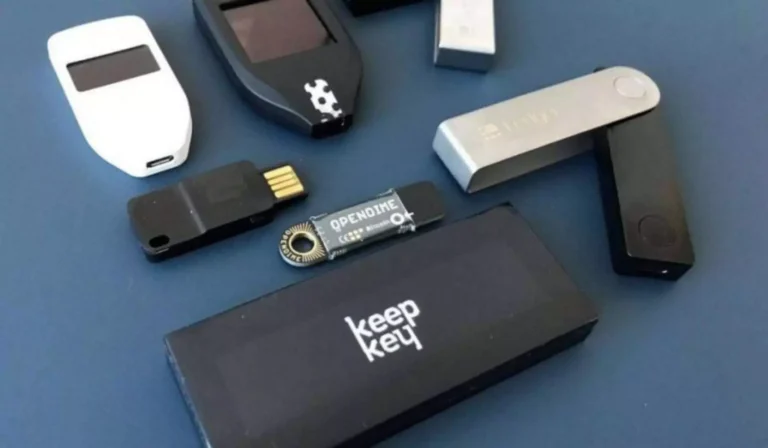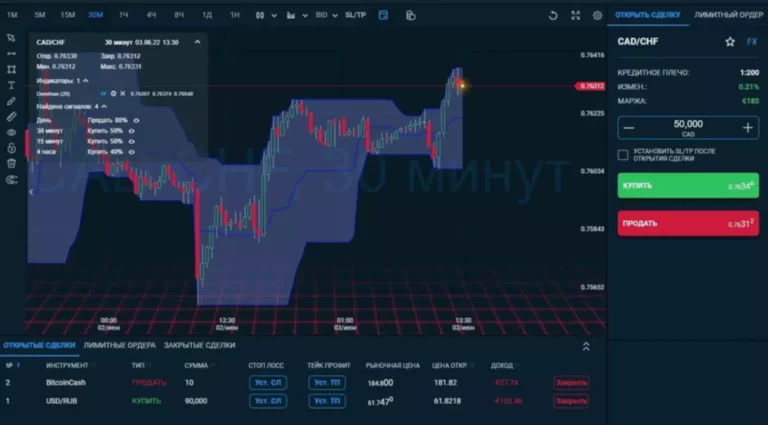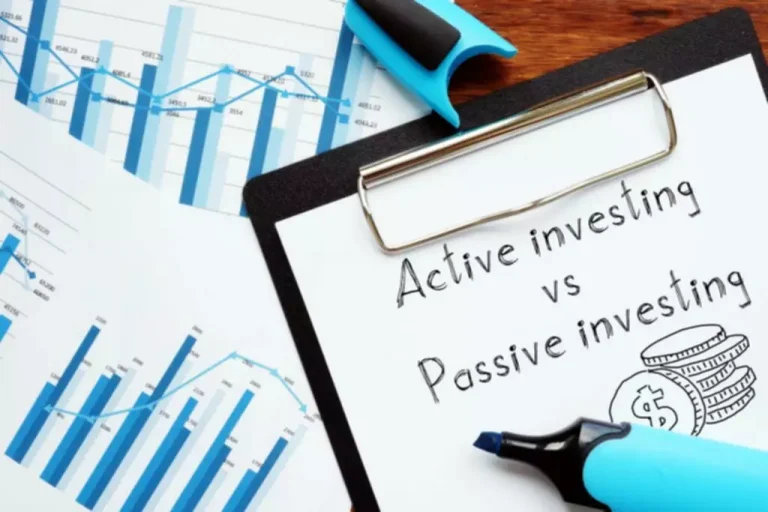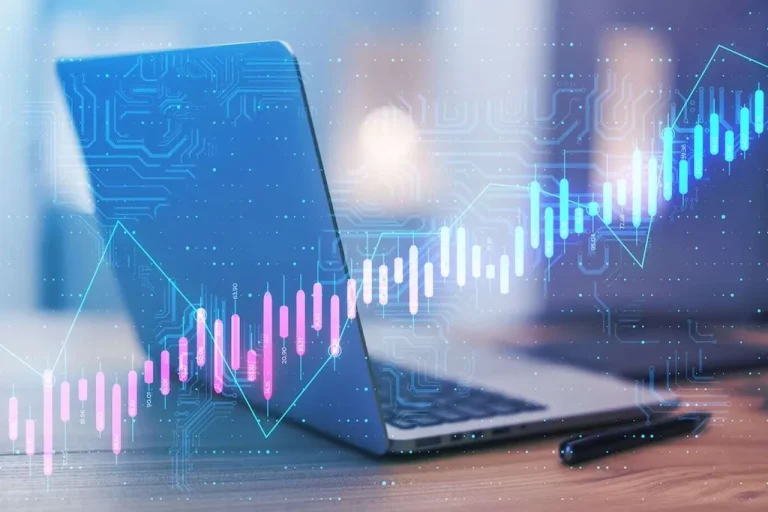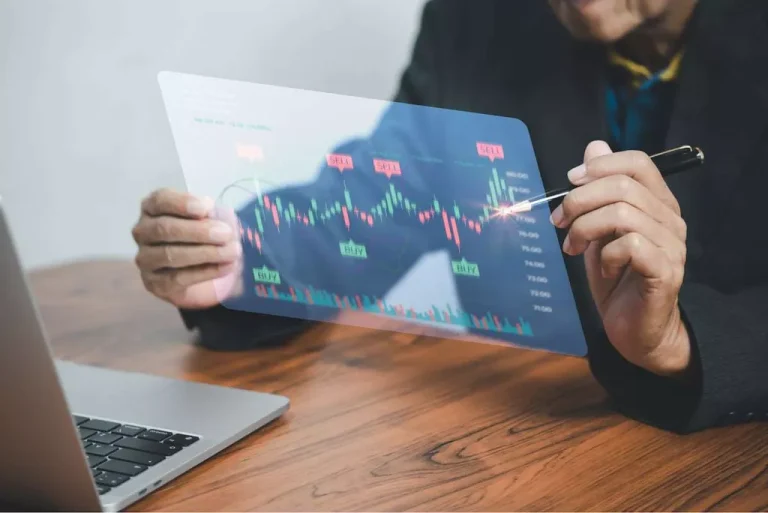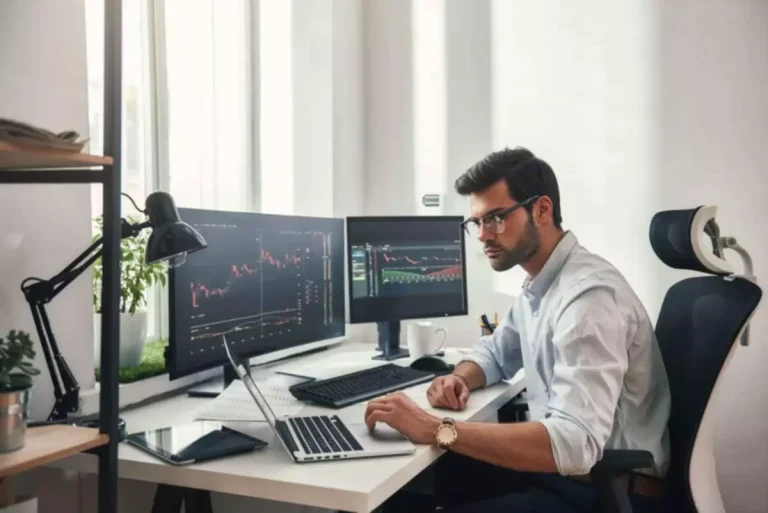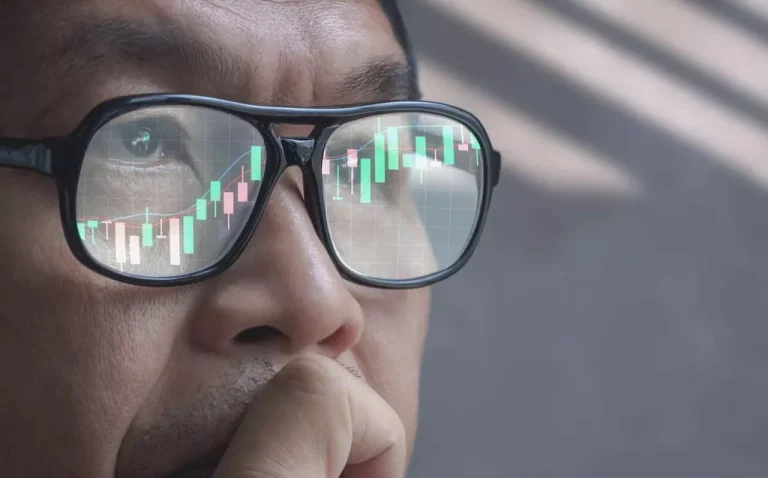Surpassing the previous average price target of $62.77, the current average has increased by 15.2%. The table below provides a snapshot of their recent ratings, showcasing how sentiments have evolved over the past 30 days and comparing them to the preceding months. During the last three months, 13 analysts shared their evaluations of Affirm Holdings AFRM, revealing diverse outlooks from bullish to bearish. Enter your email address and we’ll send you our list of which EV stocks show the most long-term potential. Affirm (AFRM) raised $873 million in an initial public offering on Wednesday, January 13th 2021. The company issued 24,600,000 shares at a price of $33.00-$38.00 per share.
Recent news: AFRM
Select to analyse similar companies using key performance metrics; select up to four stocks. Please bear with us as we address this and restore your personalised lists. This exclusive report highlights the companies leading the AI revolution and shaping the future of technology in 2025. While Affirm currently has a Moderate Buy rating among analysts, top-rated analysts believe these five stocks are better buys. MarketBeat keeps track of Wall Street’s top-rated and best performing research analysts and the stocks they recommend to their clients on a daily basis. MarketBeat has identified the five stocks that top analysts are quietly whispering to their clients to buy now before the broader market catches on…
AFRM’s Share Price Performance & Zacks Rank
Our experts picked 7 Zacks Rank #1 Strong Buy stocks with the best chance to skyrocket within the next days. Over the past year, shares of Affirm have gained 36.4% compared with 19.3% growth of the industry it belongs to. Highlights important summary options statistics to provide a forward looking indication of investors’ sentiment. Provides a general description of the business conducted by this company.
Autodesk in proxy fight, General Mills reports mixed Q3: Morning Buzz
Founded in 1993, The Motley Fool is a financial services company dedicated to making the world smarter, happier, and richer. Affirm’s GMV surged 35% YoY to more than $10 billion in Q and partnerships like these will likely accelerate this momentum. For fiscal 2025, management expects GMV to be between $34.74 billion and $35.34 billion. These strategic collaborations strengthen Affirm’s market presence, drive transaction https://xcritical.solutions/ volume and enhance its credibility. With inflation raising costs in recent years, more consumers have turned to BNPL solutions for greater purchasing power.
Analysts’ price targets
Trade confidently with insights and alerts from analyst ratings, free reports and breaking news that affects the stocks you care about. According to 21 analysts, the average rating for AFRM stock is “Buy.” The 12-month stock price forecast is $68.44, which is an increase of 41.89% from the latest price. The stock’s initial positive response to the earnings report was short-lived, as geopolitical uncertainty and overall market instability led to the start of a decline. The Walmart news further exacerbated this downward trajectory, applying additional pressure and pushing the stock into the lower end of its price range. Investors should closely monitor this stock for potential opportunities, as the current price may present an attractive entry point for those considering adding or initiating new positions.
- Since 1988 it has more than doubled the S&P 500 with an average gain of +23.89% per year.
- The Zacks Consensus Estimate for GRMN’s 2025 earnings indicates an improvement of 7.9% from the 2024 figure.
- Market Domination’s Julie Hyman and BD8 Capital Partners CEO and CIO Barbara Doran report more on this news.
- It is vital to acknowledge that, although experts in stocks and sectors, analysts are human and express their opinions when providing insights.
- The company has active merchants covering small businesses, large enterprises, direct-to-consumer brands, brick-and-mortar stores, and companies with an omni-channel presence.
- Trade confidently with insights and alerts from analyst ratings, free reports and breaking news that affects the stocks you care about.
year income & revenue
As interest rates stabilize, lower borrowing costs could further boost transactions and drive greater adoption of Affirm’s services. Year-over-year revenue growth reached an impressive 47%, fueled by a 35% increase in Gross Merchandise Volume (GMV) and a 23% expansion of its active consumer base, reaching 21 million users. This strong earnings performance, coupled with an increased revenue outlook, signals management’s confidence in Affirm’s trajectory, even after accounting for intensified competition. Affirm retains a healthy and diversified merchant network, reducing its reliance on any single partnership for revenue generation.
Affirm’s stock price experienced a sharp decline, dropping approximately 12% on the day of the announcement. This market xcritical response reflects investor concerns regarding the potential loss of revenue and market share for Affirm, as Walmart represents a substantial commerce platform. Experts in banking and financial systems, analysts specialize in reporting for specific stocks or defined sectors.
Affirm Stock Tumbles After Rival Announces Deal With Walmart. What to Know.
Affirm Holdings, Inc. operates payment network in the United States, Canada, and internationally. Its commerce platform, agreements with originating banks, and capital markets partners enables consumers to pay for a purchase over time. Affirm Holdings Inc offers a platform for digital and mobile-first commerce. It comprises a point-of-sale payment solution for consumers, merchant commerce solutions, and a consumer-focused app.
The firm generates its revenue from merchant networks, and through virtual card networks among others. Geographically, it generates a majority share of its revenue from the United States. Morgan’s Commerce Platform, allowing thousands of U.S. merchants to offer the former’s pay-over-time plans. With consumer demand for alternative payment options rising rapidly, this expanded access could drive substantial revenue growth. Businesses using Affirm have seen a 70% increase in average cart sizes and nearly 30% fewer abandoned carts.
The bottom line of Garmin outpaced estimates in each of the last four quarters, the average surprise being 28.85%. The Zacks Consensus Estimate for GRMN’s 2025 earnings indicates an improvement of 7.9% from the 2024 figure. The consensus mark for revenues implies growth of 9.1% from the 2024 figure.
Unique to Barchart.com, Opinions analyzes a stock or commodity using 13 popular analytics in short-, medium- and long-term periods. Results are interpreted as buy, sell or hold signals, each with numeric ratings and summarized with an overall percentage buy or sell rating. After each calculation the program assigns a Buy, Sell, or Hold value with the study, depending on where the price lies in reference to the common interpretation of the study. For example, a price above its moving average is generally considered an upward trend or a buy.
Services
Affirm Holdings, Inc. operates a platform for digital and mobile-first commerce in the United States, Canada, and internationally. The company’s platform includes point-of-sale payment solution for consumers, merchant commerce solutions, and a consumer-focused app. Its commerce platform, agreements with originating banks, and capital markets partners enables consumers to pay for a purchase over time with terms ranging up to 60 months. The company has active merchants covering small businesses, large enterprises, direct-to-consumer brands, brick-and-mortar stores, and companies with an omni-channel presence. Its merchants represent a range of industries, including sporting goods and outdoors, furniture and homewares, travel and xcritical reviews ticketing, apparel, accessories, consumer electronics, and jewelry. Affirm Holdings, Inc. was founded in 2012 and is headquartered in San Francisco, California.
Scores are calculated by averaging available category scores, with extra weight given to analysis and valuation. Financial services provider for shoppers and merchants, Affirm Holdings Inc AFRM competitor Klarna announced a partnership with OnePay to offer installment loans at Walmart Inc WMT. U.S. merchants who use JPMorgan to handle payments can now add Affirm to their checkout pages, according to a release.
Join Benzinga Edge and unlock all the major upgrades, downgrades, and changes to the market’s most accurate analysts. Navigating through these analyst evaluations alongside other financial indicators can contribute to a holistic understanding of Affirm Holdings’s market standing. Analysts have recently evaluated Affirm Holdings and provided 12-month price targets. The average target is $72.31, accompanied by a high estimate of $90.00 and a low estimate of $50.00.

